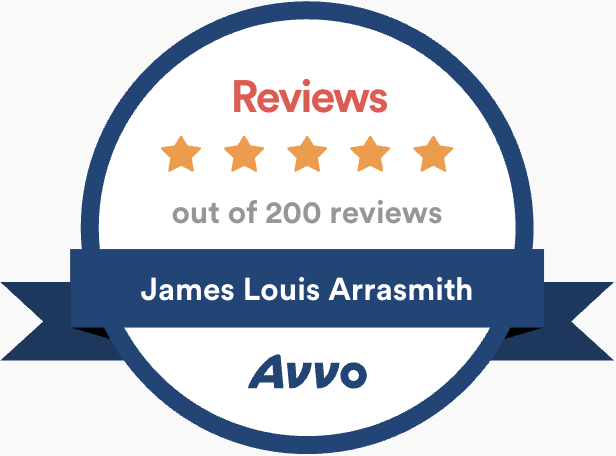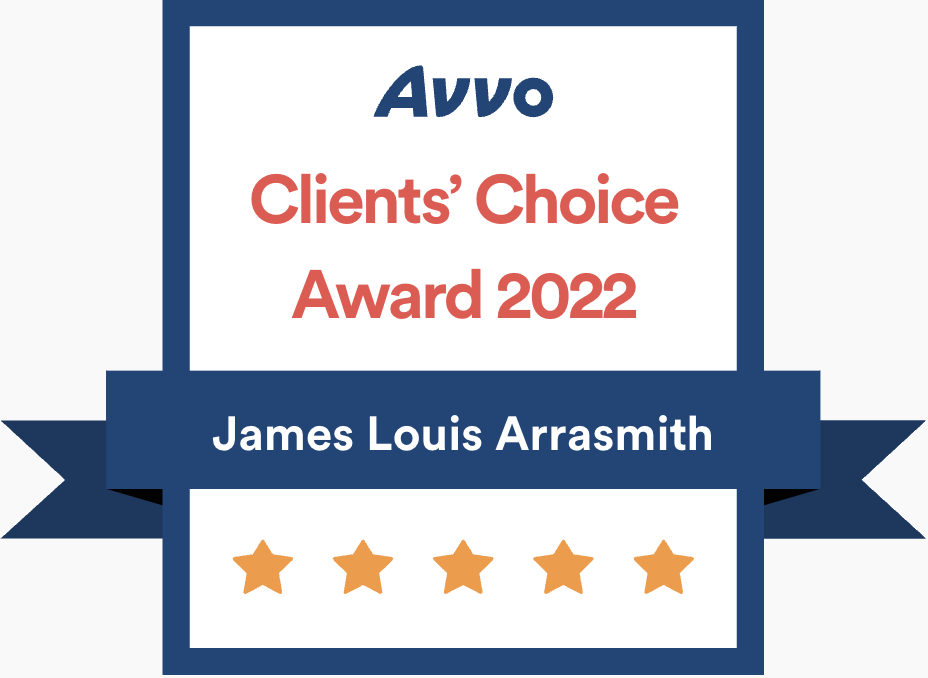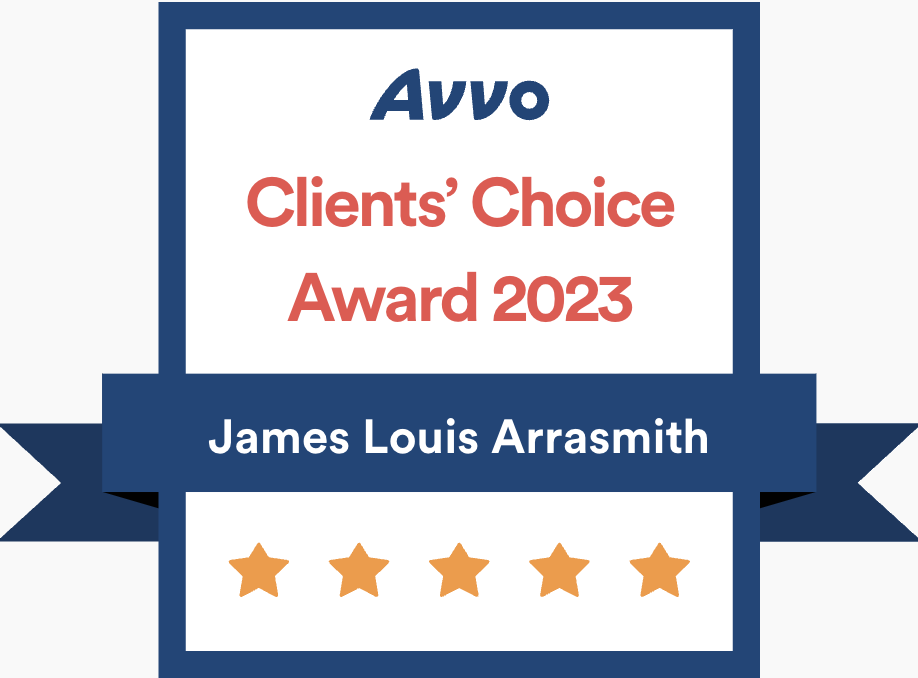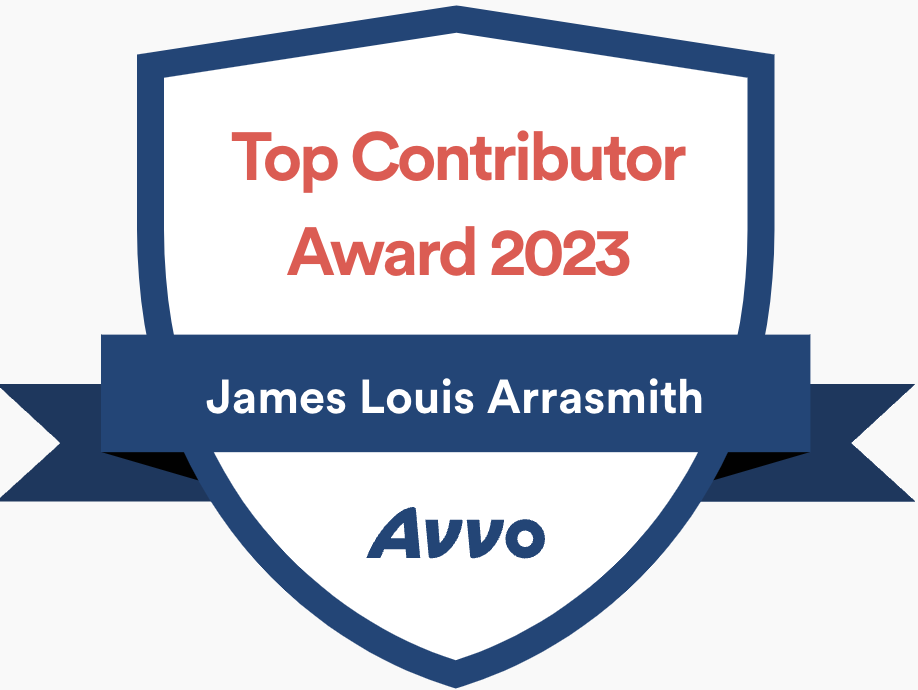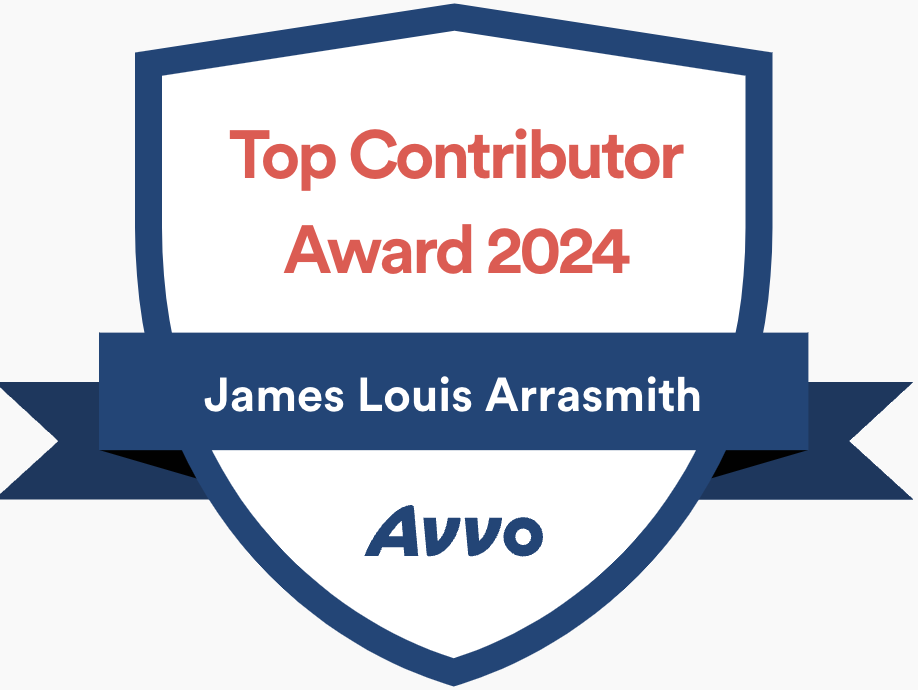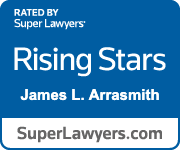What is a H1B Visa? A Clear Guide in 2025
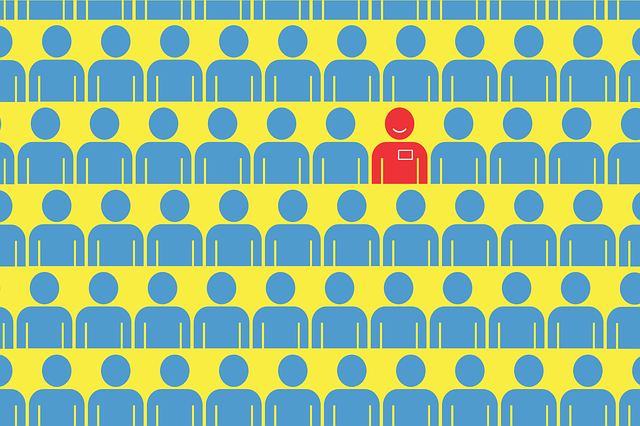
What is an H-1B Visa?
The H-1B visa is a non-immigrant visa that allows U.S. employers to employ foreign workers in specialty occupations temporarily.
These occupations typically require a bachelor’s degree or equivalent in a specific field.
The H-1B visa is a dual-intent visa, meaning that it allows the holder to have both non-immigrant and immigrant intentions. The United States Citizenship and Immigration Services (USCIS) is the agency responsible for processing H-1B visa applications.
Benefits and Eligibility

- The H-1B visa can serve as a stepping stone to a green card.
- The visa holder can bring their spouse and unmarried children under 21 to the U.S. under the H-4 visa category.
- The H-1B visa holder can work for the petitioning employer and only in the H-1B activities described in the petition.
- The approval notice, specifically Form I-797, is essential for demonstrating eligibility to live and work in the U.S.
H-1B Specialty Occupations
- A specialty occupation requires theoretical and practical application of a body of highly specialized knowledge in a field of human endeavor.
- The occupation must require a bachelor’s degree or higher in a specific field, or its equivalent.
- Examples of specialty occupations include engineering, biological, physical, social sciences, mathematics, and business administration.
H-1B Visa Requirements Include:
- The job position must require a bachelor’s degree or higher in a specific field, or its equivalent.
- The foreign worker must possess at least a bachelor’s degree or equivalent in the occupational field in which they will be performing services.
- The employer must pay the H-1B employee the prevailing wage or the actual wage, whichever is higher.
H-1B Visa Cap and Exemptions
The annual limit is often called a quota or a cap, and it is set at 65,000 foreign nationals who may be issued a visa or otherwise provided H-1B status each fiscal year. Cap subject employment refers to employment that falls under this annual limit of H-1B visas.
Exemptions include contractors working at, but not directly employed by, institutions of higher education or related or affiliated nonprofit entities.
Certain employers are exempt from the cap, including universities and related nonprofit entities, nonprofit research organizations, and government research organizations.
H-1B Lottery Process
- The USCIS lottery system randomly selects which petitions will be processed if the number of H-1B petitions exceeds the annual cap.
- The lottery will determine who gets an option to file H-1B visa petition with USCIS.
- The lottery process is typically conducted in April for the upcoming fiscal year.
I-129 Petition for a Nonimmigrant Worker
- The employer must submit a petition (application) with supporting documentation to the USCIS.
- The petition must be accompanied by a Form ETA-9035/9035E, Labor Condition Application (LCA) certified by the Department of Labor (DOL).
- The employer must pay the USCIS filing fee for all H-1B petitions, as well as additional fees for certain H-1B petitions.
H-1B Visa Cost
- The cost to register for the H-1B lottery is $215.
- If the applicant is selected for an H-1B visa, the employer will then have to pay $780 to file Form I-129 (Petition for Nonimmigrant Worker), or $460 (in the case of small employers and nonprofits).
Application and Approval Process
The H-1B application process involves several steps, which must be completed in a specific order.
The employer must apply for and receive DOL certification of an LCA. The prevailing wage determination is a crucial step in the H-1B application process and can affect the overall timeline.
The employer must file Form I-129, Petition for a Nonimmigrant Worker, at the correct location or online. If you are seeking the services of an immigration attorney in California, feel free to reach out for assistance.
Employment Authorization and Intended Employment
The H-1B visa is a non-immigrant visa that allows U.S. employers to employ foreign workers in specialty occupations temporarily. The intended employment must meet specific requirements to qualify for an H-1B visa. The job must be a specialty occupation, which is defined as an occupation that requires theoretical and practical application of a body of highly specialized knowledge in a field of human endeavor. The occupation must also require a bachelor’s degree or higher in a specific field, or its equivalent.
The employer must also obtain a certified Labor Condition Application (LCA) from the U.S. Department of Labor, which requires the employer to attest that it will pay the H-1B worker the prevailing wage or the actual wage paid to workers similarly employed, whichever is higher. The employer must also attest that it will provide working conditions that will not adversely affect the worker and that it will not displace a U.S. worker.
The H-1B worker must also meet specific requirements, including having a bachelor’s degree or higher in a specific field, or its equivalent. The worker must also have a valid visa status and be eligible for employment authorization.
H-1B Visa Dependents
H-1B visa holders can bring their immediate family members, including spouses and unmarried children under 21, to the United States under the H-4 visa category. H-4 visa holders are allowed to attend school, apply for a driver’s license, and open a bank account in the United States. However, they are not eligible for employment authorization, unless they meet specific requirements.
Effective May 26, 2015, certain H-4 dependent spouses of H-1B non-immigrants can file Form I-765, Application for Employment Authorization, as long as the H-1B non-immigrant has already started the process of seeking employment-based lawful permanent resident status. This allows H-4 dependent spouses to work in the United States, but only if they meet specific requirements.
Job Loss and Departure Requirement
If an employer lays off an H-1B worker, the employer is required to pay for the laid-off worker’s transportation outside the United States.
If an H-1B worker is laid off or quits, the worker has a grace period of 60 days or until the I-94 expiration date, whichever is shorter, to find a new employer or leave the country. It is crucial to maintain valid status during this grace period to ensure legal stay and avoid complications with future employment or travel.
Study while on H-1B Status
- The H-1B visa holder can enroll in classes during their time in H-1B status, but it cannot interfere with their ability to perform work-related duties listed on the H-1B petition.
- H-4 dependent study may also take place during this time, and the spouse and children in H-4 dependent status may take classes as either full- or part-time students.
Extensions and Amendments
The H-1B visa holder can apply for an extension of their stay in the U.S. for up to three years, for a total of six years.
The employer must file an amended petition if there are changes to the H-1B visa holder’s employment, such as a change in job duties or a change in employer. Changing employers requires a new petition to be filed by the new employer and may involve additional steps and considerations.
240 Day Rule and I-94 “Admit Until” Date
The H-1B visa holder can continue to work for 240 days after the current expiration date while USCIS adjudicates the extension.
The I-94 “admit until” date controls the beneficiary’s period of stay in H-1B status.
The U.S. Immigration Service operates under the “Last Action Rule,” where the “admit until” date is controlled by the last-issued document. The 21st Century Department of Justice Appropriations Authorization Act also plays a role in immigration regulations affecting H-1B visa holders.
H-1B Visa: Frequently Asked Questions (FAQ)
🧑🎓 1. Can someone on an H-1B visa study while working in the U.S.?
Yes! H-1B visa holders can take classes while working in the U.S., but their studies cannot interfere with their job duties listed in their visa petition. Work comes first!
👩🎓 2. Can H-4 visa holders (spouse and kids of an H-1B holder) study in the U.S.?
Absolutely! Spouses and children on H-4 visas can study either part-time or full-time in the U.S.
📆 3. How long can someone stay in the U.S. on an H-1B visa?
An H-1B visa is initially granted for up to 3 years. After that, it can be extended for another 3 years, for a total stay of up to 6 years.
📝 4. What happens if an H-1B visa holder changes their job duties or employer?
- Change in Job Duties: The employer must file an amended petition with USCIS.
- Change in Employer: A new petition must be filed by the new employer.
⏳ 5. What is the 240-Day Rule?
If an H-1B visa holder’s status is about to expire and they’ve applied for an extension, they can continue working for up to 240 days while USCIS processes the extension.
📄 6. What is an I-94 “Admit Until” Date?
The I-94 form shows how long an H-1B visa holder is allowed to stay in the U.S. The “admit until” date on this form is very important because it controls the official period of stay.
📚 7. What is the “Last Action Rule”?
This rule means that the last official document issued by immigration authorities determines the person’s status and “admit until” date.
🏛️ 8. Are there any special laws affecting H-1B visa holders?
Yes! Laws like the 21st Century Department of Justice Appropriations Authorization Act have rules that impact how H-1B visa holders are managed in the U.S.



